As the Graduate Program in Landscape Architecture celebrates the completion of its 15th year at the University of Texas at Austin, Director Hope Hasbrouck reflects on the radical change the program has experienced since its establishment. This transformation, Hasbrouck explains, is in response to the changing context of landscape architectural design. As perspectives within the profession shift to re-orient design goals from program to performance, research and academia topics have expanded to explore the dynamics of urban systems, historical and theoretical basis for design approach, and the complexities of multidisciplinary projects. During her presentation at the Land8x8 Lightning Talks in Austin, TX, Hasbrouck shared five words she is seeing in academia that she believes will guide the next practices of the profession of landscape architecture.
Antifragility
Sustainability and resiliency are words that have become fixed in the lexicon of landscape architecture as communities strive to become better able to recover from disruptive natural events. Allan Shearer, Associate Dean for Research and Technology in the School of Architecture, is taking this concept one step further and researching how cities can not only be resilient but learn and improve from disruptions, effectively improving a cities capacity for change over time. The antonym of “fragile”, the term “antifragile” characterizes entities that gain from disturbance. By testing for antifragility in dense urban areas, we can understand the survivability of systems, including urban systems, under conditions of dynamic stress and create a framework for development that manages these presently unknown sources of stress. Shearer’s research centers on how individuals, communities, and societies create scenarios of the future and how these descriptions of possible tomorrows are used to inform present day decisions.
Hybridity
Landscape architecture is one of the most hybridic, complex, and ambiguous forms of design. It is also thus one of the most synthetic of design practices, simultaneously bringing together multiple disciplines in one work. A cross between the natural and built environment, landscape architecture balances art and science to weave together people, buildings, and site. Associate Professor Mirka Benes studies this concept with her graduate design students during her “Hybridity in Landscape/Architecture” course. During this course, students map the extremely hybridic fields pertaining to design today, from concepts of merging indoors and outdoors, re-conceptualizing threshold and boundary at project and at urban scale, dealing with the ambiguities of ground, to the ancient and very modern notions of changing meanings when materials, designs, and ornament are recycled. In addition to her teachings, Benes is also researching hybridity in preparation for her upcoming book that maps hybridity in landscape architecture, from Roman antiquity to today.
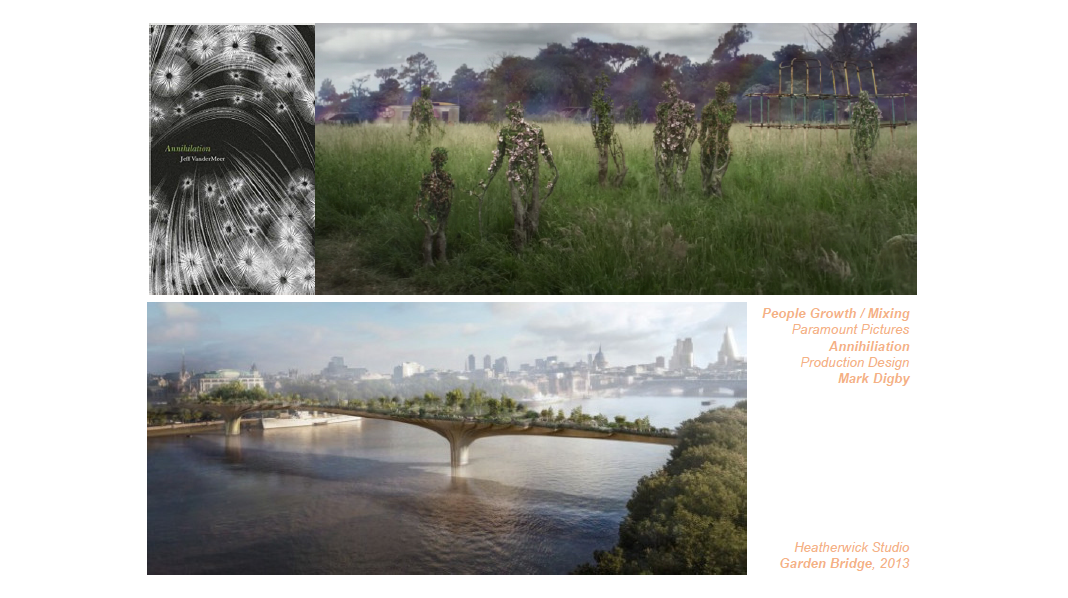
Care-Work
Maggie Hansen is an Associate Professor whose work investigates how “care taking” serves to maintain and build community. Theories of “care-work” come from feminist political science, where an ethic of care is described as essential to democratic citizenship. The human actions that maintain and repair our world, our environment, and ourselves are often overlooked and undervalued, yet these actions are essential to sustaining everyday life. “To care about something, we must first notice it – and landscape architects, as engaged citizens, have an important role in raising consciousness and inspiring action on behalf of our shared environment,” Hasbrouck states. With a background in community-based design, Hansen’s work focuses on re-valuing the significance of human action in sustaining the environment. From a deep engagement process during design to regular maintenance and advocacy on a site’s behalf, these actions of “care” contribute to a project’s long-term success.
Information Space
From Building Information Modeling software (BIM) to Virtual Reality (VR), the digital toolbox available to landscape architects is continuing to grow. These tools have the capability to 3-D model data including volume, time, cost, systemic performance, and lifecycle maintenance. As practitioners integrate these tools into their workflow, it is critical to understand the best tool to support the desired level of inquiry. Adam Barbe, lecturer and founder of coLAB workshop, and Hope Hasbrouck are exploring the capabilities of the multi-dimensional digital workspace to support meaningful decision making.
Provocation
Associate Professor and founding Principal of FORGE Landscape Architecture, Phoebe Lickwar is examining the ways in which agriculture have been integrated into landscape design, resituating agriculture as a design process. Lickwar’s research and practice are focused on agricultural landscapes and the integration of regenerative agriculture-based systems in landscape architecture. Lickwar’s work aims to conserve these ecologically and culturally significant landscapes by documenting post-agricultural sites and studying how urbanization has led to a transformation in farmland and rural communities. Her book “Farmscape: The Design of Productive Landscapes” examines the integration of agriculture and landscape architecture through history.
Experimental and forward-thinking, these five words begin to frame the current identity of the Graduate Program in Landscape Architecture at the University of Texas at Austin, the evolving priorities of practitioners, and the practices that will guide the future of the profession.
—
This video was filmed on June 25, 2019 in Austin, TX as part of the Land8x8 Lightning Talks sponsored by Anova Furnishings.
Published in Blog, Cover Story, Featured



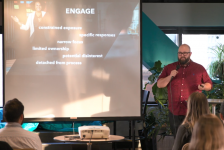
![Beyond Our Landscapes: Interdisciplinary Research and Design for Health [Video]](https://land8.com/wp-content/uploads/2018/02/coco-alarcon-224x150.png)
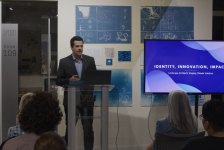
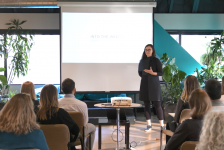
![Workaround [Video]](https://land8.com/wp-content/uploads/2018/03/richard-jones-land8x8-224x150.png)
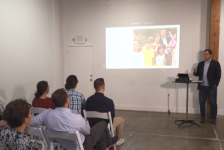
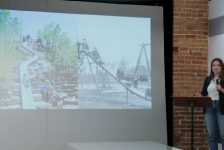
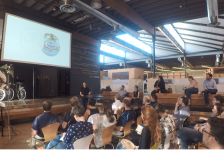
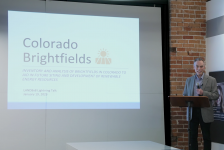
J. Robert (Bob) Wainner
Yes……the Seas on Planet Earth have been rising now for centuries. However, according to NASA, the average amount of “Rising Sea Level” per year is now .1 (that’s point 1 inches) per year. How can you even measure that? IMO, this topic is way over blown. Just more “Liberal” rhetoric.
If everyone is so concerned about rising seas and rivers……please explain to me WHY we don’t just “discourage” people/developers from building properties adjacent to Rivers, Lakes & Oceans? I don’t know the numbers, but, I feel sure that the vast majority of Americans live on the East Coast, West Coast & Gulf Coast. Then, they all complain when a nature comes along in the form of a “Hurricane”. I figure, the Earth is going to sort of “doing it’s thing” now and long after mankind has left this Planet. Mankind on Earth is like a flea on a Dog.
Bob